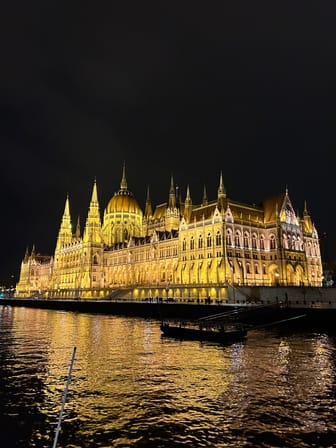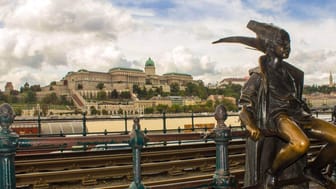Liberty Bridge
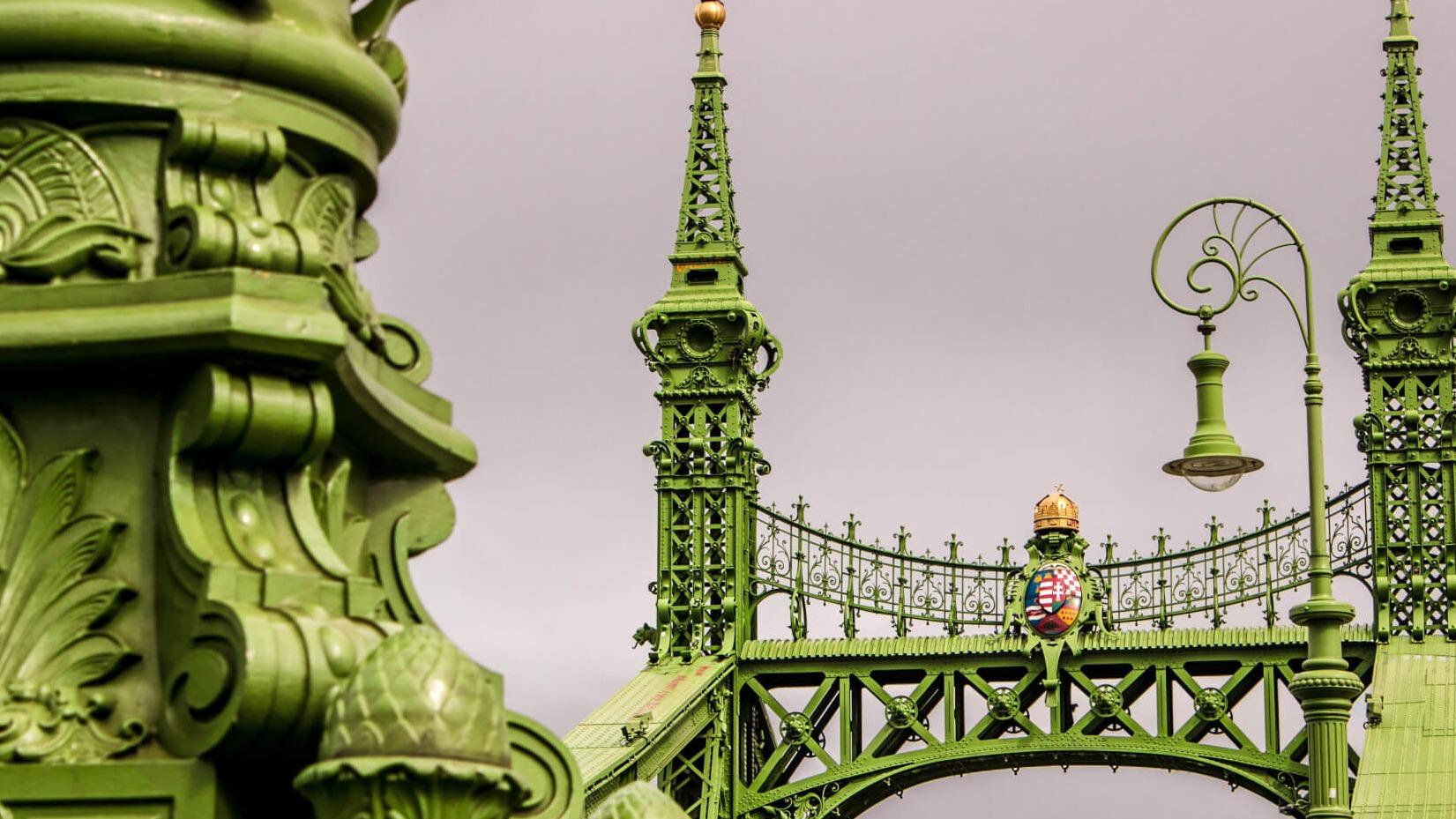
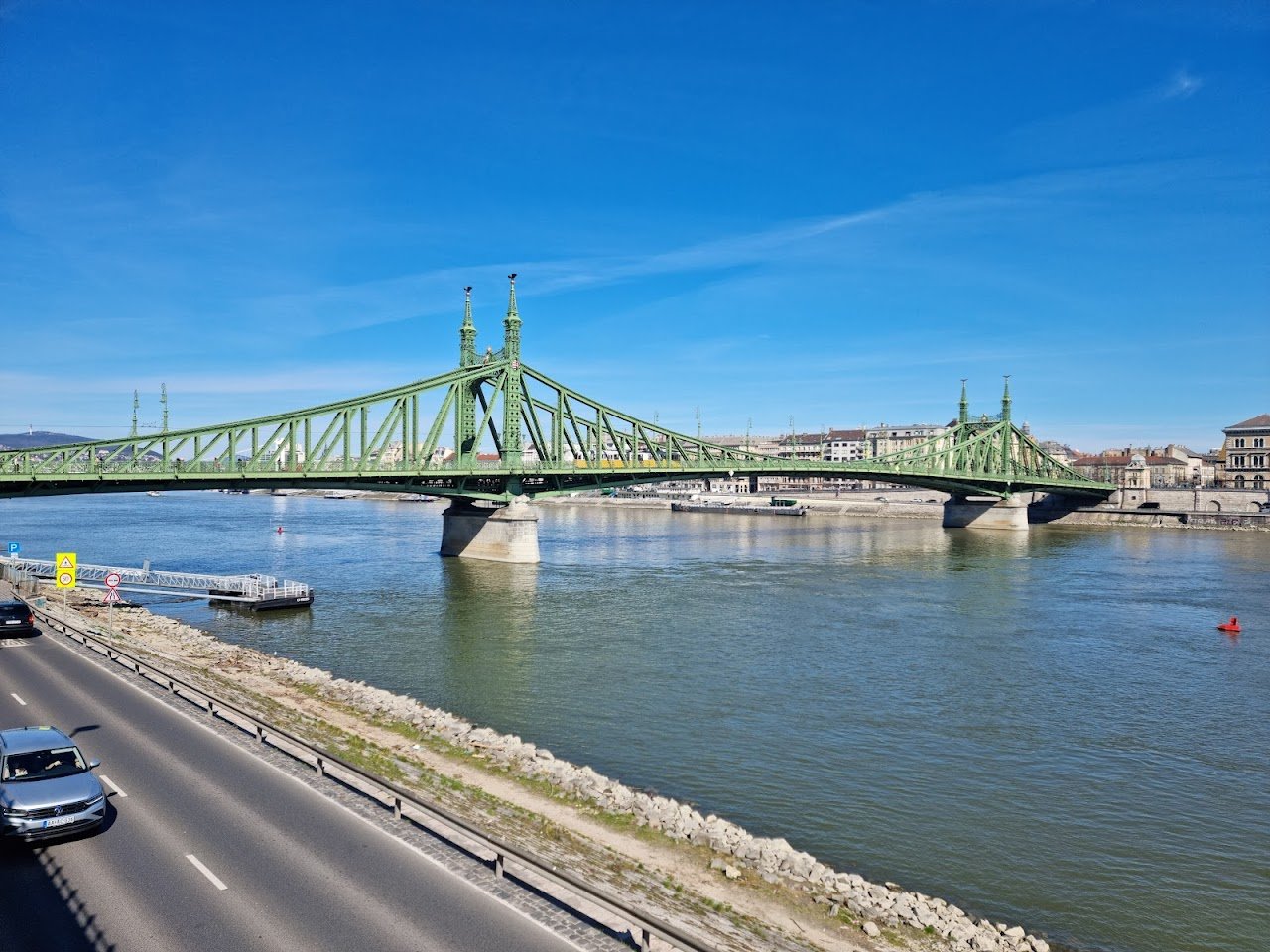

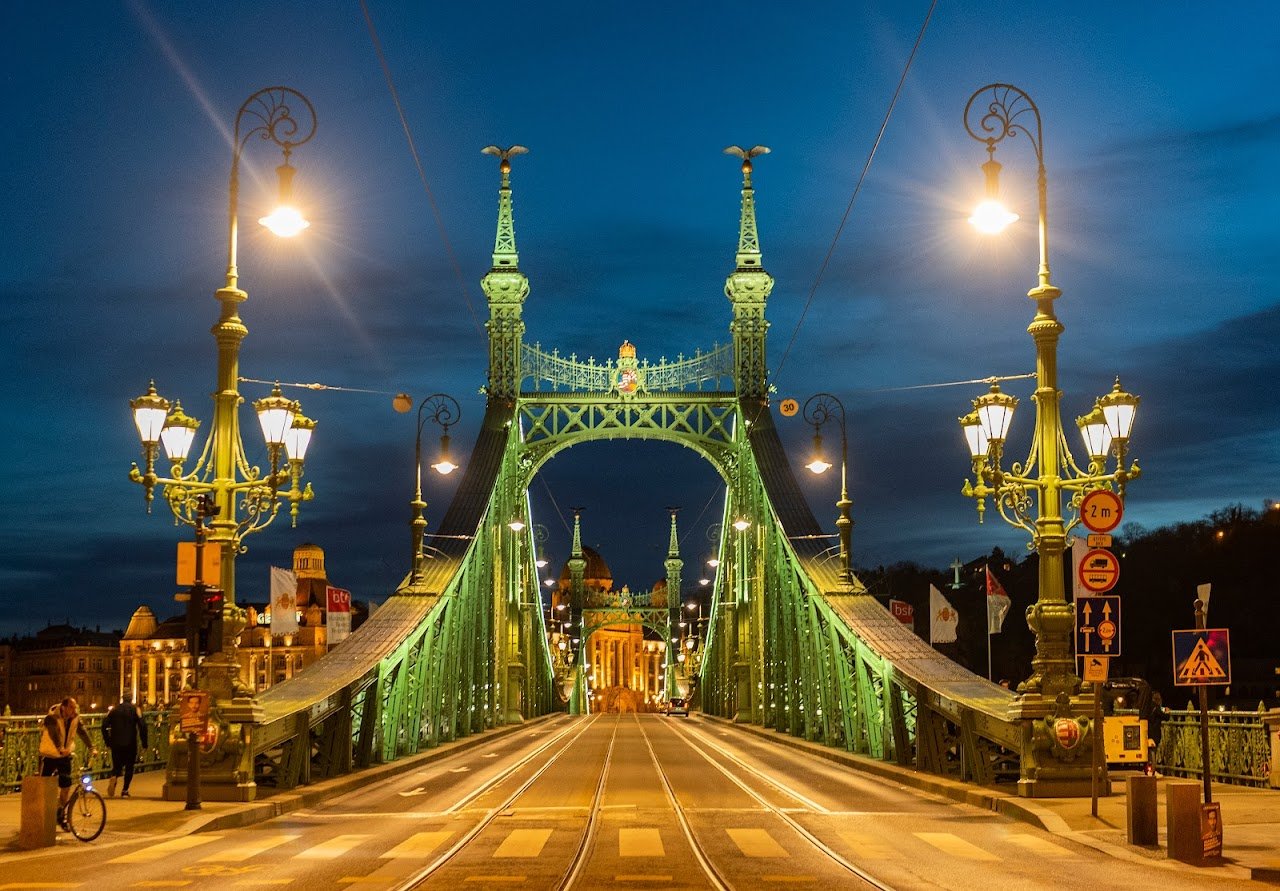
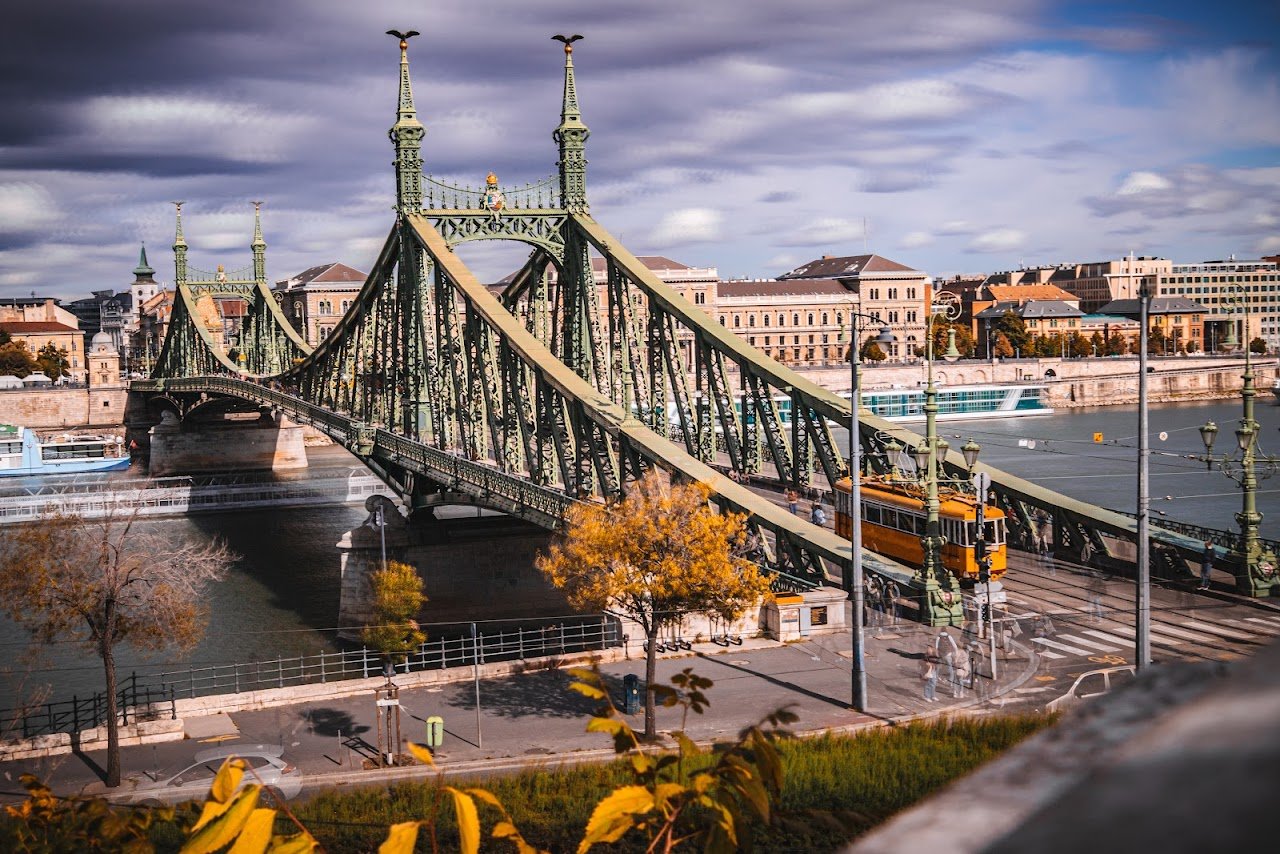
Ask ThatchGPT
Suggest a local expert to plan my trip
Suggest an unique itinerary for my Budapest trip
What foods do Budapest locals eat
What are some true hidden gems in Budapest
Help me brainstorm trip ideas for Budapest
Help me plan a family-friendly trip to Budapest
What people say
Pedro Pereira
Available for hire
"Liberty Bridge, known locally as Szabadság híd, is one of Budapest’s most striking and historically significant bridges, connecting the Buda and Pest sides of the city over the Danube. Originally completed in 1896 as part of the grand celebrations for the Millennium World Exhibition, it was first named Ferenc József híd after Emperor Franz Joseph, who inaugurated the bridge. The emperor himself placed the last rivet into the Pest abutment, marking the completion of the bridge. In 1956, following the Hungarian Revolution, it was renamed Liberty Bridge to symbolize the desire for freedom.
The bridge, built to a design by János Feketeházy, is renowned for its distinctive Art Nouveau style. The structure is a cantilever truss bridge, a type that was a modern engineering feat at the time. Though the design is different from that of earlier suspension bridges, its outline was deliberately modeled to evoke the appearance of a chain bridge, which was highly regarded for its elegance during that period. The bridge spans 333.6 meters in length and 20.1 meters in width, making it the shortest of Budapest's central bridges.
Decorative elements add to the bridge’s grandeur, including large bronze statues of the Turul, a mythical falcon-like bird, perched atop its four masts. These statues reflect Hungary’s rich history and mythological heritage. The bridge is also adorned with the national coat of arms, further emphasizing its symbolic importance.
At either end of Liberty Bridge are bustling public squares: Gellért tér on the Buda side, known for the iconic Gellért Spa and Hotel, and Fővám tér on the Pest side, which is home to the Great Market Hall. The bridge serves as a crucial transport link, with trams and vehicles crossing regularly. There are even plans to make it a pedestrian-only bridge now that the city’s metro system has been expanded with the completion of the fourth metro line.
Liberty Bridge stands as not only a functional crossing but also a testament to Budapest's architectural heritage, a symbol of its resilience through the years, particularly since it was the first bridge to be rebuilt after suffering damage during World War II. The northeastern corner of the bridge houses a museum dedicated to the history of Budapest’s bridges, adding an educational aspect to this iconic landmark."
Read more in:
Marie Ouimet
"You should take a walk on Liberty Bridge, it is gorgeous!"
Read more in:
Mentioned in these guides
About Liberty Bridge
Get the inside scoop on Liberty Bridge from local experts, travel creators, and tastemakers. Browse genuine trip notes, Liberty Bridge reviews, photos, travel guides, and itineraries from real travelers and plan your trip with confidence.
Save this spot for later or start mapping out a new trip today
Try our AI Travel Assistant and get instant answers to any questions about your trip.
Ask ThatchGPT
